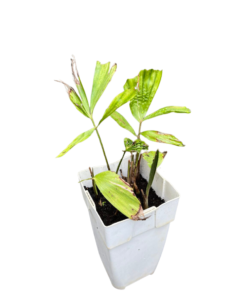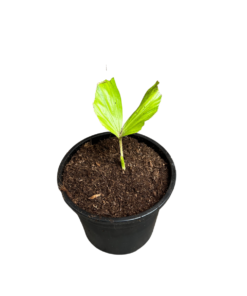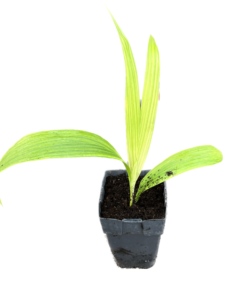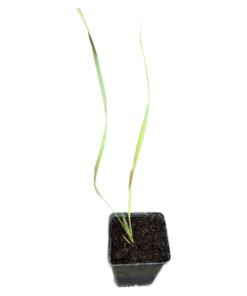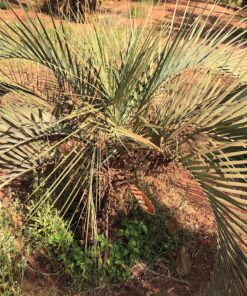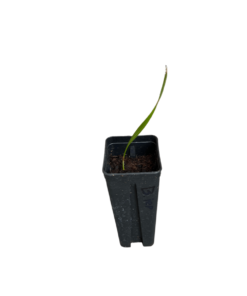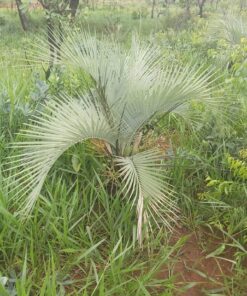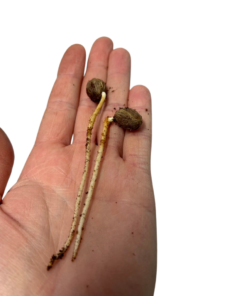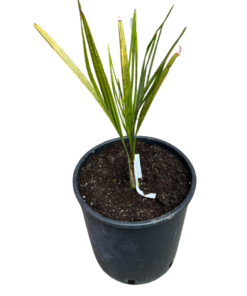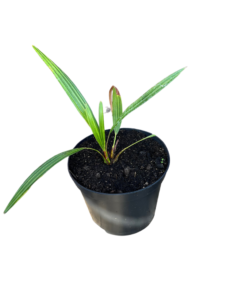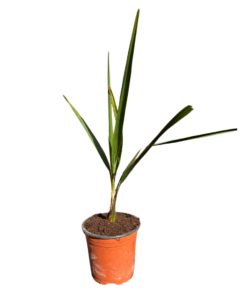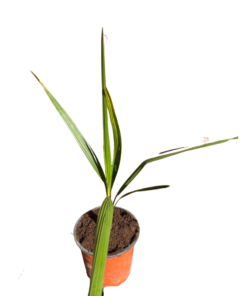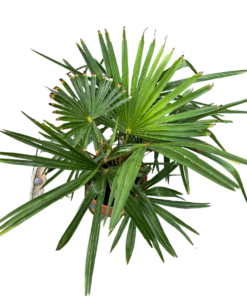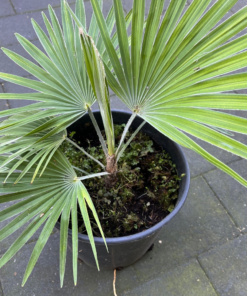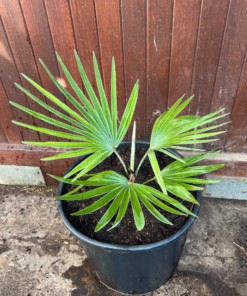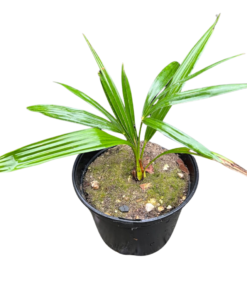Palms
€16,35
Palms
€8,72
€13,31 – €25,41
Palms
€54,50
Palms
€54,50
Palms
€27,25
€327,00
€158,05
Palms
€30,52
€89,38
€92,65
€27,25
The growth of a palm tree:
The growth starts in the middle of the trunk in the palm tree. A palm tree always grows upright towards the sunlight. Palm trees always make one spear at a time which unfolds into a leaf. A spear is nothing more than a folded leaf which grows out of the heart of the palm tree. In winter, when too much water has entered the heart of the growing point, this can cause problems such as spear rot or spearpull. In case of spear pull, the new spears are pulled out of the heart of the palm tree and the new growing point is rotten. You can prevent this by protecting the growing point of the palm tree against moisture by hanging an umbrella above it. In most cases of spear rot it takes a number of months for the palm to fully recover. However, it is our experience that some trees do not survive. Palm trees have a distinct shape when compared to other plant trees and shrubs. A mature palm tree can be recognised by long or short trunks in single or cluster form. The trunks of palm trees are often made up of layers of old leaves cut from the trunk. In some species, people have worked on the trunk by taking off the outer layer for a coconut look. The roots of a palm tree, especially in the beginning when the seed germinates, is a long taproot. This taproot clusters into several roots in the earth. In older palm trees we see many roots deep in the ground. Also in older trees we see new roots forming in the ground and looking for a way down to the earth. The palm consists of three parts: roots, trunk and leaves.
Watering a palm tree:
In general, palm trees do not like a lot of water, so only water a palm tree if the soil/ground becomes dry. In summer, the palm tree likes a lot of water. Over-watering is then almost impossible, so give it sufficient water with occasional plant nutrition / fertilizer. In winter, the palm is dormant. Make sure that the root ball is not too wet to prevent it rotting during the dark months.
The care of a palm tree:
The care of a palm tree is simple and not difficult. Older leaves which turn brown at the base of the trunk may be cut off with a sharp pair of secateurs. It's normal for brown leaves to appear over time as the tree grows rapidly. Bear in mind that if a palm tree is in a large pot, it may need repotting. You can find this out if the roots push the tree upwards and are full of strong white roots. Planting and transplanting a palm tree is recommended to be done in the spring. This gives the best chance of success.
The history of the palm tree:
The palm tree has existed for a very long time and has been found as a fossil about 80 million years ago. In the past, 4000 years before Christ, people cultivated the date palm for a stately appearance of the temple, at the beach for shade or for the delicious fruits also named dates from date palms Phoenix dactylifera.
The inflorescence of a palm tree:
The palm tree can be either male or female. Compared with humans, we need male pollen for pollination of the female flower. Once pollination is successful, a large number of seeds are attached to the female cluster a few months later. There are also hermaphroditic or hermaphroditic trees. The palm tree can produce both male and female flowers on a tree. Palm trees in nature use the wind as a means of pollination. Young palm trees do not flower in their first years, but after about seven years the plant starts to flower. Between the leaf axils you can see a spadix which grows into a large stem. The blossom emerges from the stalk. The palm tree often blossoms only once a year in spring. How can you tell the difference between a male and female flower? With the male flower, yellow pollen falls on your hand when you tap it. The male flower is much more colourful compared to the female flower. In the female flower you can already see the small seeds with their mouths. Palm trees produce different sized seeds. There are very small seeds to enormous coconuts up to a football in size!
What people think of when they hear the word palm tree:
Most people, when they hear a palm tree, think of a coconut tree or Cocos nucifera. This is the best known palm tree throughout the world. This palm tree is very tropical and gives a tropical look to holidays. Real coconuts, which we can buy in the supermarket, grow on this species. But the term palm tree is very broad.
Different uses for a palm tree:
The palm tree is used for various purposes. The name of some palm trees already indicates this. The oil palm, Elaeis guineensis, is used for the oil contained in the fruit. The sugar palm Arenga pinnata is used for the sugar in the trunk of this palm tree. The coconut palm tree Cocos nucifera for the fruit of this tree.
Crossing a palm tree:
We are always looking for new types of palm trees. Crossing and breeding palm trees gives us a new assortment every year. Every year we go off our female trees to pollinate a different species in the palm tree family. In particular the genes of Trachycarpus wagnerianus, Sabal minor and Butia odorata have become very interesting to us in crossing new hardy palm trees. Trachycarpus nanus is a small perennial which makes it a unique cross with a Trachycarpus wagnerianus or Trachycarpus fortunei. Because the Trachycarpus fortunei has weaker leaves and is therefore less resistant to wind we prefer to use Trachycarpus fortunei var. nainital or Trachycarpus kumaon for crossing our mother Trachycarpus wagnerianus! As we have already made several crosses with, amongst others, Trachycarpus nova and Trachycarpus princeps, we know more or less what to expect from the phenotype of these palm trees. Trachycarpus princeps stone gate, for example, produces a very dark leaf colour with a silver underside. So in time we can make our own favourite palm tree with its own specific characteristics. In the future we hope to cross more with Trachycarpus manipur, Trachycarpus Takil kalamuni, Trachycarpus martianus and Trachycarpus latisectus! Crossing palm species is also known as hybrid palmtree.





